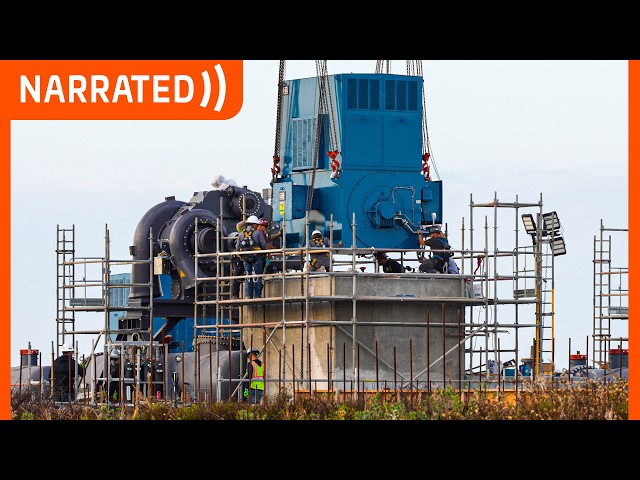The Chinese lunar probe Chang’e-6 has made a triumphant return to Earth, concluding a groundbreaking mission that collected the first-ever samples from the Moon’s far side. The spacecraft landed in China’s northern Inner Mongolia region at approximately 2 PM local time, as reported by state television CCTV.
This achievement marks a significant milestone in space exploration, making China the first country to retrieve samples from the Moon’s far side, the hemisphere permanently facing away from Earth. Zhang Kejian, director of the China National Space Administration, announced the mission’s success at a televised press conference, declaring, “I declare that the Chang’e-6 lunar exploration mission has achieved complete success.”
The mission’s success promises to yield invaluable scientific insights. Chinese scientists expect the retrieved samples to include 2.5-million-year-old volcanic rock and other materials. These samples could provide crucial answers about the geographical and geological differences between the Moon’s near side, visible from Earth, and its far side, which faces outer space. While previous American and Soviet missions focused on the near side, the Chang’e-6 mission is the first to explore the far side in such detail.
China’s lunar program is part of its broader ambitions in space exploration, amidst growing competition with the United States, Japan, and India. China has already established its space station in orbit and conducts regular crewed missions. President Xi Jinping congratulated the Chang’e team, describing the mission as a “significant achievement in the country’s efforts to become a space and technological power.”
Prominent scientist James Head from Brown University, who has been collaborating with Chinese researchers on analyzing samples from the earlier Chang’e-5 mission, emphasized the mission’s scientific potential. “It’s a gold mine. A treasure chest,” he remarked, highlighting the excitement within the scientific community.
The Chang’e-6 probe embarked on its journey from Earth on May 3, taking 53 days to complete its mission. The samples it returned are anticipated to shed light on one of lunar science’s fundamental questions: the geological activity responsible for the stark differences between the Moon’s two sides. This mission not only advances scientific knowledge but also underscores China’s growing prowess in space exploration.









